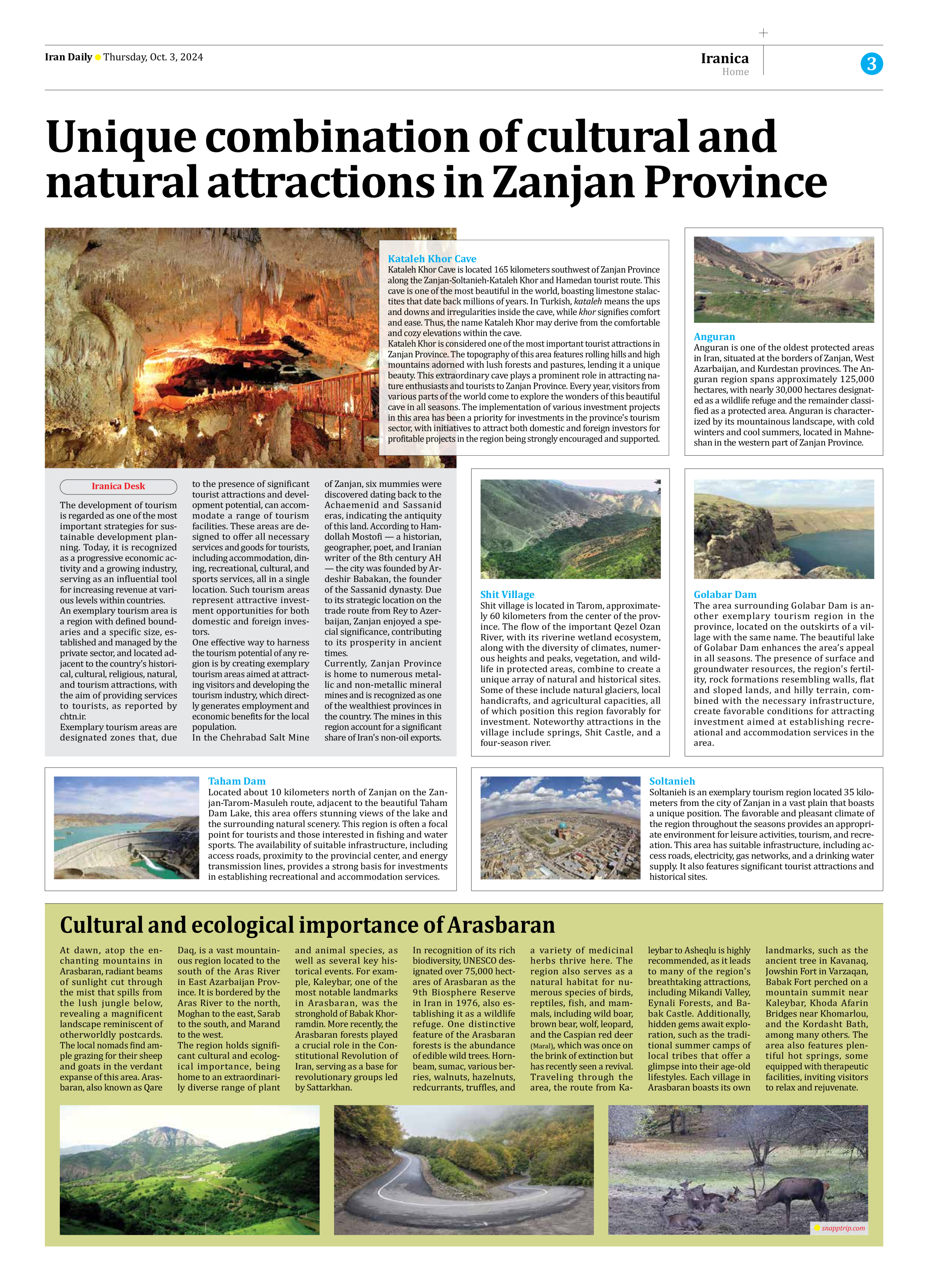
Copy in clipboard...
Cultural and ecological importance of Arasbaran
The region holds significant cultural and ecological importance, being home to an extraordinarily diverse range of plant and animal species, as well as several key historical events. For example, Kaleybar, one of the most notable landmarks in Arasbaran, was the stronghold of Babak Khorramdin. More recently, the Arasbaran forests played a crucial role in the Constitutional Revolution of Iran, serving as a base for revolutionary groups led by Sattarkhan.
In recognition of its rich biodiversity, UNESCO designated over 75,000 hectares of Arasbaran as the 9th Biosphere Reserve in Iran in 1976, also establishing it as a wildlife refuge. One distinctive feature of the Arasbaran forests is the abundance of edible wild trees. Hornbeam, sumac, various berries, walnuts, hazelnuts, redcurrants, truffles, and a variety of medicinal herbs thrive here. The region also serves as a natural habitat for numerous species of birds, reptiles, fish, and mammals, including wild boar, brown bear, wolf, leopard, and the Caspian red deer (Maral), which was once on the brink of extinction but has recently seen a revival.
Traveling through the area, the route from Kaleybar to Asheqlu is highly recommended, as it leads to many of the region's breathtaking attractions, including Mikandi Valley, Eynali Forests, and Babak Castle. Additionally, hidden gems await exploration, such as the traditional summer camps of local tribes that offer a glimpse into their age-old lifestyles. Each village in Arasbaran boasts its own landmarks, such as the ancient tree in Kavanaq, Jowshin Fort in Varzaqan, Babak Fort perched on a mountain summit near Kaleybar, Khoda Afarin Bridges near Khomarlou, and the Kordasht Bath, among many others. The area also features plentiful hot springs, some equipped with therapeutic facilities, inviting visitors to relax and rejuvenate.







